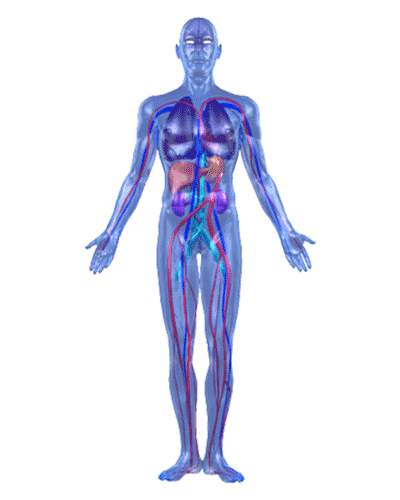Pancreas
The pancreas sends enzymes to the small intestine to metabolize food. Excessive alcohol use disrupts this process. It causes the pancreas to activate these enzymes prematurely and secrete them internally, rather than sending them to the small intestine.
These enzymes are harmful to the pancreas. If you misuse alcohol over a long time, this continued process can cause inflammation in the pancreas that results in its swelling and pain (which may spread).
This inflammation is called pancreatitis, and it prevents the pancreas from working properly. Pancreatitis can occur as a sudden attack, called acute pancreatitis. Acute pancreatitis can turn into a condition of constant inflammation of pancreas, which is known as chronic pancreatitis. Chronic pancreatitis is a risk factor for the development of pancreatic cancer and pancreatic diabetes. A heavy drinker may not be able to detect the buildup of pancreatic damage until the problems set off an attack.
An acute pancreatic attack causes symptoms including:
- Abdominal pain, which may radiate up the back
- Nausea and vomiting
- Fever
- Rapid heart rate
- Diarrhea
- Sweating
Chronic pancreatitis can have these symptoms as well, which causes significant reduction in pancreatic function and digestion, and blood sugar problems. In people with alcohol use disorder, acute pancreatitis often presents on top of a chronic pancreatitis (“acute on chronic”) and may in some cases lead to both localized and systemic complications including severe and life-threating medical conditions.



